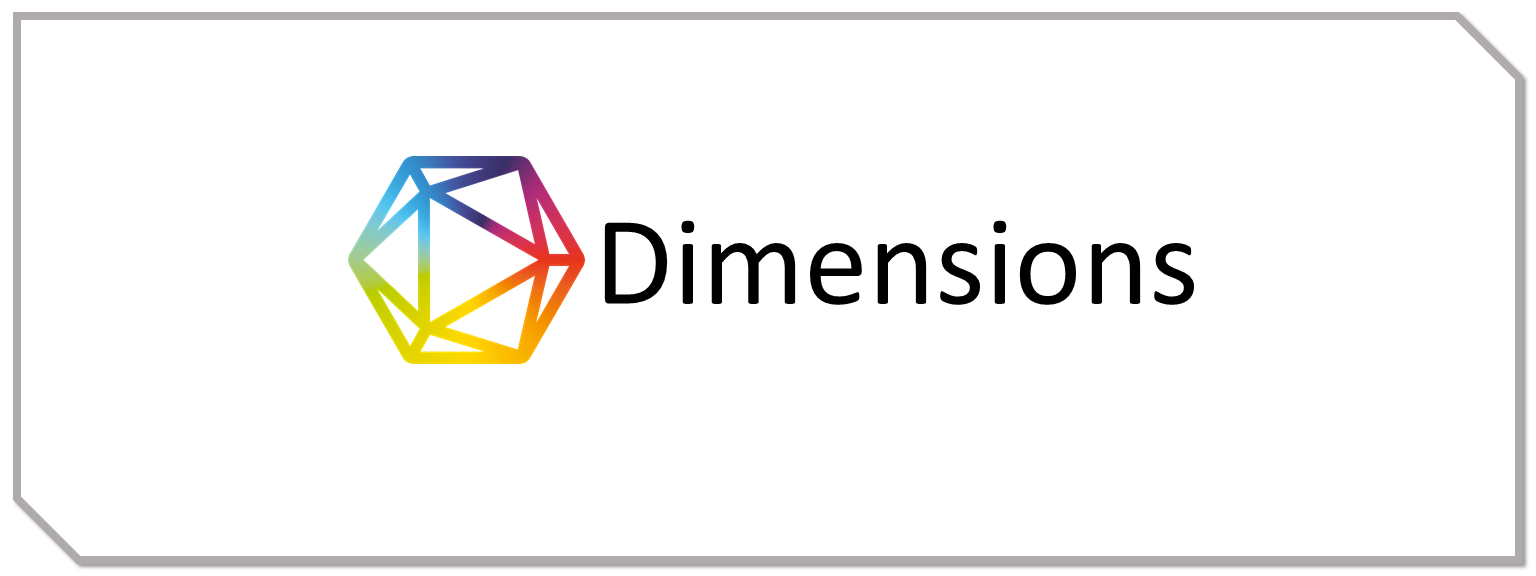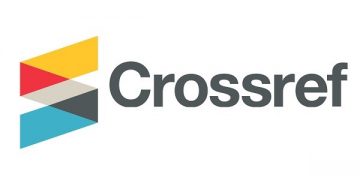Analisis Studi Literatur Kandungan Zat Berbahaya Pada Kosmetik Perawatan Kulit dan Rambut
Keywords:
Kosmetika, Zat berbahaya, Hidrokuinon, SLS, Asam RetinoatAbstract
With the development of the times, more and more people are more aware of their appearance. Using skin and hair care products is one way to support your appearance. Therefore, this study aims to analyze harmful substances that are often found in cosmetics, such as retinoic acid, hydroquinone, and
Sodium Lauryl Sulfate (SLS), as well as examine their impact on health. Qualitative descriptive methods are used to analyze data from secondary sources, including scientific journals, government regulations, and related books. The results of the study show that retinoic acid, which is commonly found in acne ointments, has the potential to cause skin irritation and other health problems if not used under medical supervision. Hydroquinone, which is widely found in face lightening creams, although effective for brightening the skin, can cause risks such as ochronosis and irritation. SLS, which is widely used in cleaning products such as shampoo, can cause irritation in people with sensitive skin. In conclusion, the use of these ingredients should be done carefully and according to medical recommendations to avoid dangerous side effects. This study also suggests choosing products that are safer and do not contain these harmful ingredients.
References
Amberg, N., & Fogarassy, C. (2019). Green consumer behavior in the cosmetics market. Sustainability, 11(15), 4372. https://doi.org/10.3390/su11154372
Anggraini, N. (2019). Identifikasi Zat Pewarna Rhodamin B pada Lipstik dan Perona Pipi Yang di Pasarkan di Pasar Tengah Bandar Lampung (Doctoral dissertation, UIN Raden Intan Lampung)
Asio, J. R. G., Garcia, J. S., Antonatos, C., Sevilla-Nastor, J. B., & Trinidad, L. C. (2023). Sodium lauryl sulfate and its potential impacts on organisms and the environment: A thematic analysis. Emerging Contaminants, 9(1), Article 100205. https://doi.org/10.1016/j.emcon.2023.100205
Aulia, F. (2015). Tinjauan hukum islam terhadap penggunaan serbuk emas dalam kosmetik.
Azis, A., Karim, H., Wahyuni, Y. S., Tahir, M., & Imansyah, M. Z. (2022). Pemanfaatan bahan alam sebagai alternatif kosmetik alami pada remaja. Jurnal Pengabdian Masyarakat Yamasi, 1(1), 23-29. https://doi.org/10.59060/jpmy.v1i1.186
Obat, B. P. (2015). Peraturan Kepala Badan Pengawas Obat Dan Makanan Republik Indonesia Nomor 18 Tahun 2015 Tentang Persyaratan Teknis Bahan Kosmetika. Jakarta: Badan Pengawas Obat dan Makanan Republik Indonesia (BPOM RI).
Budiarti, A., & Vuqohan, N. (2016, November). Determination Method of Retinoic Acid Using High Performance Liquid Chromatography and Application on the Whitening Night Cream. In Proceeding Of The International Seminar and Conference on Global Issues.
Bondi, C. A., Marks, J. L., Wroblewski, L. B., Raatikainen, H. S., Lenox, S. R., & Gebhardt, K. E. (2015). Human and environmental toxicity of sodium lauryl sulfate (SLS): Evidence for safe use in household cleaning products. Environmental Health Insights, 9, 27–32. https://doi.org/10.4137/EHI.S31765.
Fadila, I., Minerva, P., & Astuti, M. (2022). Hubungan pengetahuan kosmetika dengan pemilihan kosmetik perawatan kulit wajah siswa Kelas XI Jurusan Tata Kecantikan SMK Negeri 7 Padang. Jurnal Tata Rias Dan Kecantikan, 2(1), 19-26. Fauzia, D. (2017). Aspek Farmakologi Retinoid pada Kosmeseutikal. Jurnal Kesehatan Melayu, 1(1), 35-40. https://doi.org/10.26891/jkm.v1i1.2017.35-40
Faghihi, G., Fatemi-Tabaei, S., Abtahi-Naeini, B., Siadat, A., Sadeghian, G., Nilforoushzadeh, M., & Mohamadian-Shoeili, H. (2017). The Effectiveness of a 5% Retinoic Acid Peel Combined with Microdermabrasion for Facial Photoaging: A Randomized, Double-Blind, Placebo-Controlled Clinical Trial. Dermatology Research and Practice, 2017. https://doi.org/10.1155/2017/8516527.
Fauzia, D. (2017). Aspek Farmakologi Retinoid pada Kosmeseutikal. Jurnal Kesehatan Melayu, 1(1), 35-40. https://doi.org/10.26891/jkm.v1i1.2017.35-40
Fertiasari, R., Leni, L., & Kristiandi, K. (2023). Analisis Hidrokuinon pada Kosmetik Cair Menggunakan Kromatografi Cair Kinerja Tinggi (Kckt). Media Ilmiah Kesehatan Indonesia, 1(1), 6-11. https://doi.org/10.58184/miki.v1i1.85
Friedman, M., 2016. Chemistry, Formulation, and Performance of Syndet and Combo Bars, In: Spitz,L. (ed.) Soap Manufacturing Technology: Second Edition. Illinois: Elsevier Ltd. PP 73-106. https://doi.org/10.1016/B978-1-63067-065-8.50004-9
Handler, M., Adams-Woodford, A., Ayres, P., Giancola, G., & Díaz, I. (2022). Facial Aging Improvement Case Study Using a Novel Combination of Retinol, Niacinamide, and Terminalia Chebula.. Journal of drugs in dermatology : JDD, 21 7, 784-788 . https://doi.org/10.36849/JDD.6621.
Hartono, G. A., Margaretha, G. T., Ramadhani, N. F., Asy’ari, M. A., Dharmawan, I. M. S., & Prayitno, D. K. F. (2024). Pengaruh Sodium Lauril Sulfat Pada Kemaksimalan cara membersihkan suatu Sampo anti ketombe dan Sabun Badan. Jurnal Analis, 3(1), 57-65.
Indriaty, S., Hidayati, N. R., & Bachtiar, A. (2018). Bahaya Kosmetika Pemutih yang Mengandung Merkuri dan Hidroquinon serta Pelatihan Pengecekan Registrasi Kosmetika di Rumah Sakit Gunung Jati Cirebon. Jurnal Surya Masyarakat, 1(1), 8-11. https://doi.org/10.26714/jsm.1.1.2018.8-11
Irnawati, I. (2016). ANALISIS HIDROKUINON PADA KRIM PEMUTIH WAJAH DENGAN METODE SPEKTROFOTOMETRI UV-VIS. PHARMACON, 5(3). https://doi.org/10.35799/pha.5.2016.15074
Kong, R., Cui, Y., Fisher, G., Wang, X., Chen, Y., Schneider, L., & Majmudar, G. (2016). A comparative study of the effects of retinol and retinoic acid on histological, molecular, and clinical properties of human skin. Journal of Cosmetic Dermatology, 15. https://doi.org/10.1111/jocd.12193.
Lestari, Y. P. I., Dina Azizah, Dhea Indah Cahyani, & Dita Putri Aulia. (2023). Edukasi Krim Berbahaya Mengandung Merkuri & Cara Cek BPOM pada Siswa Siswi SMAN 1 Alalak. ABDIKAN: Jurnal Pengabdian Masyarakat Bidang Sains Dan Teknologi, 2(1), 23–30. https://doi.org/10.55123/abdikan.v2i1.1628
Lestasi, I., Gusti, D. R., & Lestasi, U. (2019). Introduksi Teknologi Kosmetika Dengan Bahan Baku Arang Aktif Cangkang Sawit sebagai Perawatan Kecantikan di Paguyuban PT SNP Desa Parit, Sungai Gelam. Jurnal Karya Abdi Masyarakat, 3(1), 47-55. https://doi.org/10.22437/JKAM.V3I1.7009
Mursal, I. L. P. (2023). PELATIHAN PEMBUATAN POTENSI PRODUK UMKM SABUN CUCI PIRING BIOSURFAKTAN ECO-FRIENDLY DARI BAHAN ALAM BAGI MASYARAKAT DESA PANYINGKIRAN KARAWANG. PROSIDING KONFERENSI NASIONAL PENELITIAN DAN PENGABDIAN UNIVERSITAS BUANA PERJUANGAN KARAWANG, 3(1), 1335-1342.
Novarina, R. M., & Sukanto, H. (2017). The description of dermoscopy and Wood’s lamp on melasma. Berkala Ilmu Kesehatan Kulit dan Kelamin, 29(1), 8-15.
Omar, S., & Hadi, H. (2022). Advancement of All-Trans Retinoic Acid Delivery Systems in Dermatological Application. Cosmetics. https://doi.org/10.3390/cosmetics9060140.
Pangaribuan, L. (2017). Efek samping kosmetik dan penangananya bagi kaum perempuan. Jurnal Keluarga Sehat Sejahtera, 15(2), 20-28. https://doi.org/10.24114/jkss.v15i2.8771
Perinelli, D. R., et al. (2021). Challenges in formulating surfactant-based products for sustainable applications. Colloids and Surfaces B: Biointerfaces, 201, Article 111647. https://doi.org/10.1016/j.colsurfb.2021.111647
Putri, N. D. (2019). Fakto-faktor Keputusan Konsumen Dalam Membeli Kosmetika Perawatan Wajah. Jurnal Tata Rias, 9(2), 22-31. https://doi.org/10.21009/9.2.3.2009
Rohmalia, Y., & Aminda, R. S. (2021). Analisis Penggunaan Perawatan Kecantikan Masker Alami sebagai Perawatan Kulit Wajah pada Masa Pandemic Covid-19. Diversity: Jurnal Ilmiah Pascasarjana, 1(2). https://doi.org/10.32832/djip-uika.v1i2.5032
Suryadi, J., & Andrijanto, E. (2024). Pengaruh Penambahan Sodium Lauryl Sulfat terhadap Karakteristik Sabun Padat pada Mata Kuliah Praktikum Analitik Proses. Jurnal Pengelolaan Laboratorium Pendidikan, 6(1), 24-33. https://doi.org/10.14710/jplp.6.1.24-33
Suwarno, K. N., Pratiwi, V. H., Guseynova, S., Safitri, A. N., Hanifah, I. N., Arafat, A., ... & Kustiawan, P. M. (2024). Edukasi pemanfaatan bahan alam untuk kosmetik guna membangun kesadaran masyarakat. BERNAS: Jurnal Pengabdian Kepada Masyarakat, 5(3), 2014-2022. https://doi.org/10.31949/jb.v5i3.9256
Szymański, Ł., Skopek, R., Palusińska, M., Schenk, T., Stengel, S., Lewicki, S., Kraj, L., Kamiński, P., & Zelent, A. (2020). Retinoic Acid and Its Derivatives in Skin. Cells, 9. https://doi.org/10.3390/cells9122660.
Wardana, F. Y., Lestari, Y. S., & Aprilianti, R. G. (2022). Analisis Kadar Asam Retinoat dalam Krim Pemutih Malam di Kota Malang. PHARMADEMICA: Jurnal Kefarmasian dan Gizi, 1(2), 58-68. https://doi.org/10.54445/pharmademica.v1i2.17
Werdiningsih, W. (2024). Identifikasi Hidrokuinon Pada Produk Handbody Lotion Whitening yang Dijual Online dengan Metode Kromatografi Lapis Tipis (KLT). Innovative: Journal Of Social Science Research, 4(3), 1175–1185. https://doi.org/10.31004/innovative.v4i3.10606
Wicaksono, B. P., & Suryono, A. (2024). Perlindungan Hukum Terhadap Pengguna Skin Care HN (Hetty Nugrahati) yang tidak Terdaftar BPOM. Journal Customary Law, 1(1), 10. https://doi.org/10.47134/jcl.v1i1.2290
Downloads
Published
Issue
Section
License
Copyright (c) 2024 JURNAL MULTIDISIPLIN ILMU AKADEMIK

This work is licensed under a Creative Commons Attribution-ShareAlike 4.0 International License.











